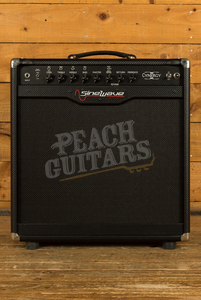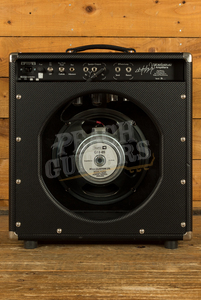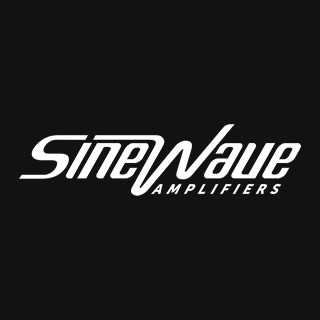At Peach, we strive to keep our estimated pricing current, but prices may occasionally be subject to change. Lead times can also vary and are sometimes difficult to predict. Please feel free to reach out to our sales team anytime for the latest information.

Incredibl amp from Chad Mangrum - one of the hottest amp builders on the market today. Chad was a former employee of Two-Rock
I asked Chad to give us a little history and some background on the amp, so here you go:
"After building amps for over 15 years for a wide variety of professional and non-professional musicians the CYN-1 represents the best of everything I have learned. This amp was designed to showcase the most important aspects of the electric guitar. This being the fret-board to pick-up interaction and the dynamics as that signal is amplified. The CYN-1 has the ability to span very familiar vintage feels and sounds, but also be able to react and feel like a more refined modern amp. The CYN-1 is a great clean platform that will handle a wide variety of pedals and setups.
- Treble, Middle, Bass tone controls with switchable boosts to each frequency range
- Signal Strength Switch. High and Low toggle
- Tube driven reverb stage with Send and Return controls
- Presence control
- 3 Spring Analog Reverb Tank
- Passive loop
- Front end EQ Switch: EQ1 and EQ2
- Reverb EQ switch with 3 voicing's
- 50 watt dual tube rectified
- Fixed Bias/Cathode Bias switch
- External Fixed Bias adjustment potentiometer
- 2 x 6v6s
Features:
- The Signal Strength circuit is designed to optimize the front end of the amp and how it integrates into the back end of the preamp. This circuit offers two options:
- The high is more akin to an old vintage blackface in the way the bass and gain overpower the rest of the amp. This will instantly feel a bit more "old school" and will also offer more gain and volume. Overall headroom on the preamp side will be lower in this mode.
- The Low is more modern and will decrease the amount of "hash" or harmonic distortion that most vintage amplifiers have. It will also help smooth out the signal if overdriven from pedals. There will be more note separation in this mode and the lower amount of gain will allow more preamp headroom.
- The front end EQ section is extremely balanced and will allow the player to achieve the correct levels in either the bedroom, studio, or on stage. The use of the EQ switch will give the player even more options depending on guitar/pickup arrangements, rooms, or just wanting to play at lower levels. There are two options here:
- EQ1 is a low gain option that changes the roll off zones of the tone controls and how they feed signal to the gain stage. Very useful for low level playing, archtops( to help reduce ambient feedback), or very high gain aggressive pickups.
- EQ2 is the normal gain range. With this setting the tone section will roll less signal off as it goes through to the gain stage.
- The Presence control is a very familiar circuit that will boost the higher frequency range of the output section. Very helpful for quick adjustments for stage and mix control or very dark guitars/pickups.
- The Tube driven reverb is an extremely wide banded and versatile circuit that will allow a very subtle reverb or push into overly lush and washed. It has been designed to mix with the dry signal in a very non-obtrusive way.
- The Reverb EQ is a three way switch that changes the frequency range of the mix signal.
- 0- This is the normal mode and will be considered neutral in both voicing and feel.
- 1- This setting will increase all the highs in the wet signal. Making the mix splashier.
- 2- This setting will decrease all the highs and mellow out the reverb signal.
- The Power section was designed to really ebb with the preamp section. The mix of dual tube rectifiers and a fairly loose filtering stage will allow the player to really push the amp around and have it respond to pick attack. This lack of stiffness will really make the amp easy to play.
- The passive loop offers a basic interface for time based effect post preamp. The Master Volume acts as a send to this zone and would require a balanced buffered setup with level control as it integrates back into the amp. "
















